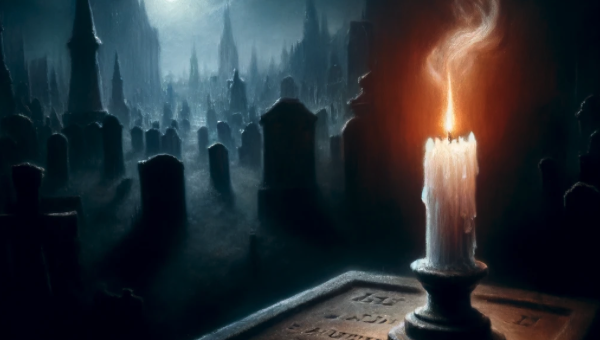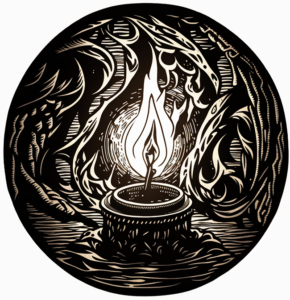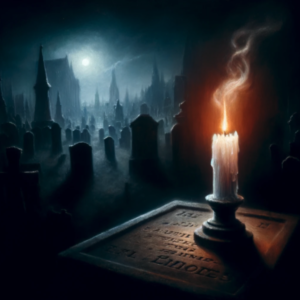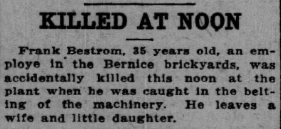
Corpse wax, also known as “adipocere,” is a waxy substance that can form on decomposing bodies under specific conditions.
The substance is a byproduct of the decomposition process, particularly when a body is buried in moist, anaerobic conditions. It is formed by the hydrolysis and hydrogenation of body fats, resulting in a material that is resistant to further decomposition and water.

But enough of the technical stuff. Let’s get to the facts you came here to read.
1. The Sleeping Beauty Preservation of Features
Adipocere can preserve the features of the deceased in a lifelike state long after death. This can be unsettling, as the body might appear as though it is merely sleeping.
2. Graveyard Wax
Adipocere is sometimes called “graveyard wax,” a term that conjures up images of ghostly, candle-lit graveyards. Its appearance and texture, resembling a pale, waxy soap, adds to the macabre fascination.

3. Mummies of the Bogs
In European bog bodies, where the acidic, oxygen-poor environment of a peat bog naturally mummifies corpses, adipocere formation has been observed.
The bog bodies often retain not only their skin and internal organs but also grimaces that appear to reflect their last moments, which some find quite disturbing.
4. Vampire
For some, the formation of adipocere was seen as a sign that the deceased had become a vampire or other undead creature, especially if the body had not decomposed normally.

5. Magical Uses
Although less common, there are historical anecdotes where adipocere was used in magical practices or folk medicine, likely because of its unusual preservation properties and the mystique surrounding death and the dead.
For instance, bits of the waxy substance might have been carried as a protective charm or used in rituals intended to contact the spirit world.
6. Forensic Significance
In a modern, less supernatural context, the formation of adipocere can actually complicate forensic investigations because it preserves some tissues while potentially obscuring others, making it difficult to determine the cause of death or the time since death.

